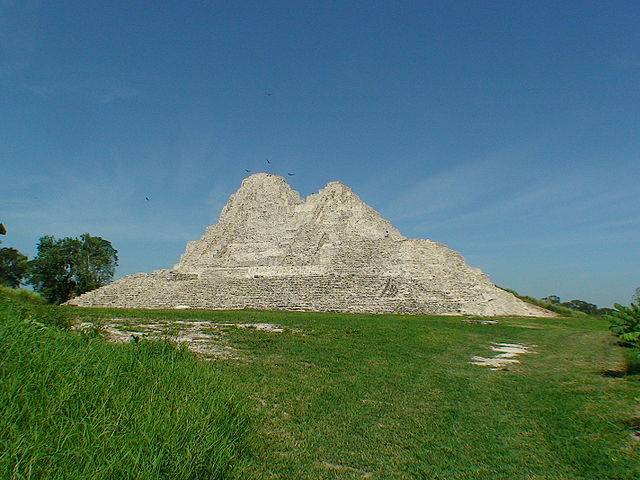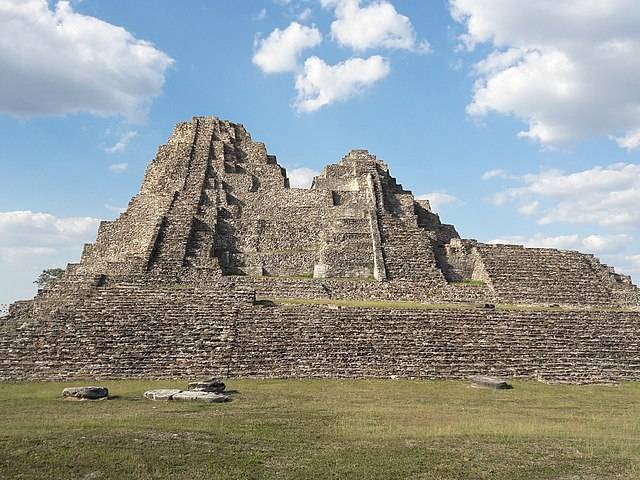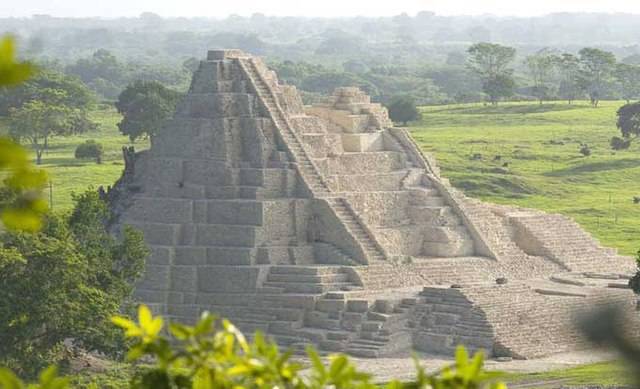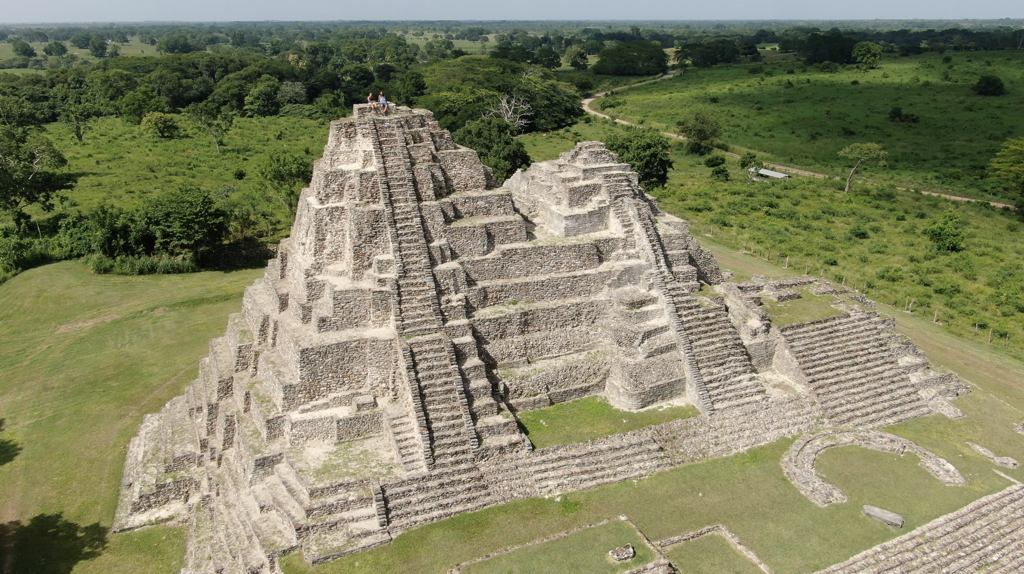The Archaeological Significance of Moral-Reforma
Moral-Reforma is a Maya archaeological site of considerable importance located near the banks of the San Pedro Martir river within the Cascadas de Reforma Ecological Reserve. This site is part of a network of ancient settlements within the Usumacinta River Basin, which includes notable locations such as Pomona, Santa Elena, Yaxchilan, Piedras Negras, and Palenque. Its strategic placement along the river facilitated its role in the extensive trade networks between the Peten region and the Gulf of Mexico. The initial settlement of Moral-Reforma dates back to the Late Preclassic period (300 BC-250 AD), with the site being abandoned during the Terminal Classic period (900-1150 AD), around 1000 AD.
Get your dose of History via Email

History and Exploration
The original name of Moral-Reforma remains undeciphered from the inscriptions found at the site. The name it bears today was given by Teobert Maler, likely in reference to a nearby hacienda. The site encompasses an area of 215 acres (87 hectares) and is organized into five groups of structures and mounds, displaying characteristics of the Peten architectural style, such as recessed or inset corners.

Ceramic evidence suggests that Moral-Reforma was settled by 300 BC, with the majority of its structures dating from its peak period between 600-800 AD. The site’s history is marked by its involvement in the power struggles between the great Maya kingdoms of Palenque and Calakmul, as well as their respective allies. Inscriptions record various events, including attacks, subjugations, and accession ceremonies, highlighting the shifting political landscape and alliances of the time.
The first recorded mention of Moral-Reforma was by Teobert Maler in 1907, with subsequent explorations and reports by various researchers and institutions. The most extensive investigations, consolidations, and restorations have been carried out by INAH from 1992-2012, leading to the site’s opening to the public in 2009.

Structures
Moral-Reforma is divided into five groups, with Groups I and II being the most extensively excavated and restored. These groups are situated around a large plaza known as the Grand Plaza. Group I features a notable 7-tiered platform and an impressive pyramidal structure with an uncommon design, including inset stairways and a series of ruined chambers. Group II is distinguished by its largest and tallest structures, including Structure 14, a complex composed of three main structures set upon an enormous platform base. This group also contains altars and stelae, providing valuable insights into the site’s religious and ceremonial practices.

Conclusion
Moral-Reforma stands as a testament to the complexity and dynamism of Maya civilization. Its strategic location, architectural features, and the historical events recorded in its inscriptions offer invaluable insights into the political, economic, and social dynamics of the Maya world. The ongoing archaeological work at Moral-Reforma continues to uncover the rich history of this significant site, contributing to our understanding of the ancient Maya civilization.
Sources:

